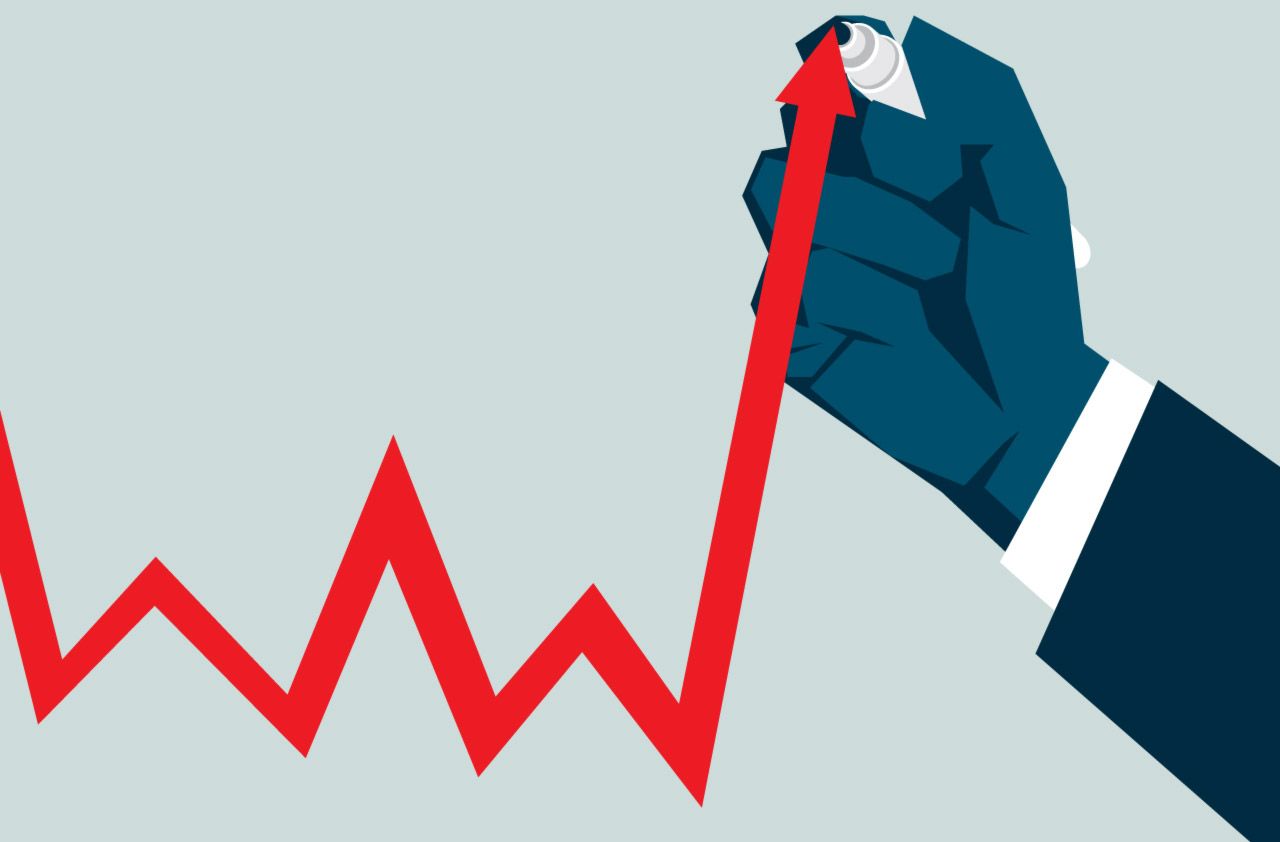
Kiplinger Economic Outlooks are written by the staff of our weekly Kiplinger Letter and are unavailable elsewhere. Click here for a free issue of The Kiplinger Letter or to subscribe for the latest trends and forecasts from our highly experienced Kiplinger Letter team.
Inflation in November was lower than expected at 2.7%, dropping from 3.0% in September (October data weren’t collected because of the federal government shutdown). Price increases for the October-November period for food, shelter and other goods came in less than half of what was expected. The only key prices that showed a normal increase were energy and new and used vehicles. Electricity prices continued their upward march, which may be related to the surge in data center construction and their energy demands.
It seems likely that the government shutdown that ended on November 12 affected data collection for the month. First, some data were likely missing, and the Bureau of Labor Statistics (BLS) had to use less reliable sources of data. Second, missing the first half of the month would also likely mean that holiday price discounts merchants offered late in the month had an oversized importance in the results. There is a good chance that the inflation rate will tick up again in December, though it is still expected to stay below 3.0%.
The Federal Reserve won’t have to trust the November data, since the December price data will be released on January 13, well ahead of the Fed’s January 28 policy meeting. The December data should be more reliable. Even if December shows a small uptick in inflation, the Fed won’t consider this to be as important as developments in the labor market. If hiring remains poor, then the Fed may consider another interest rate cut.
While the headlines focus on the Consumer Price Index, note that the Fed’s goal of 2% inflation is based on a different price measure called the personal consumption expenditures deflator (PCE), not the CPI. The PCE deflator excluding food and energy rose at a 2.8% rate for the 12 months ending in September, the latest data available, compared with the core CPI’s 3.0% number. That’s still well above the Fed’s target for 2% inflation over the long term.







